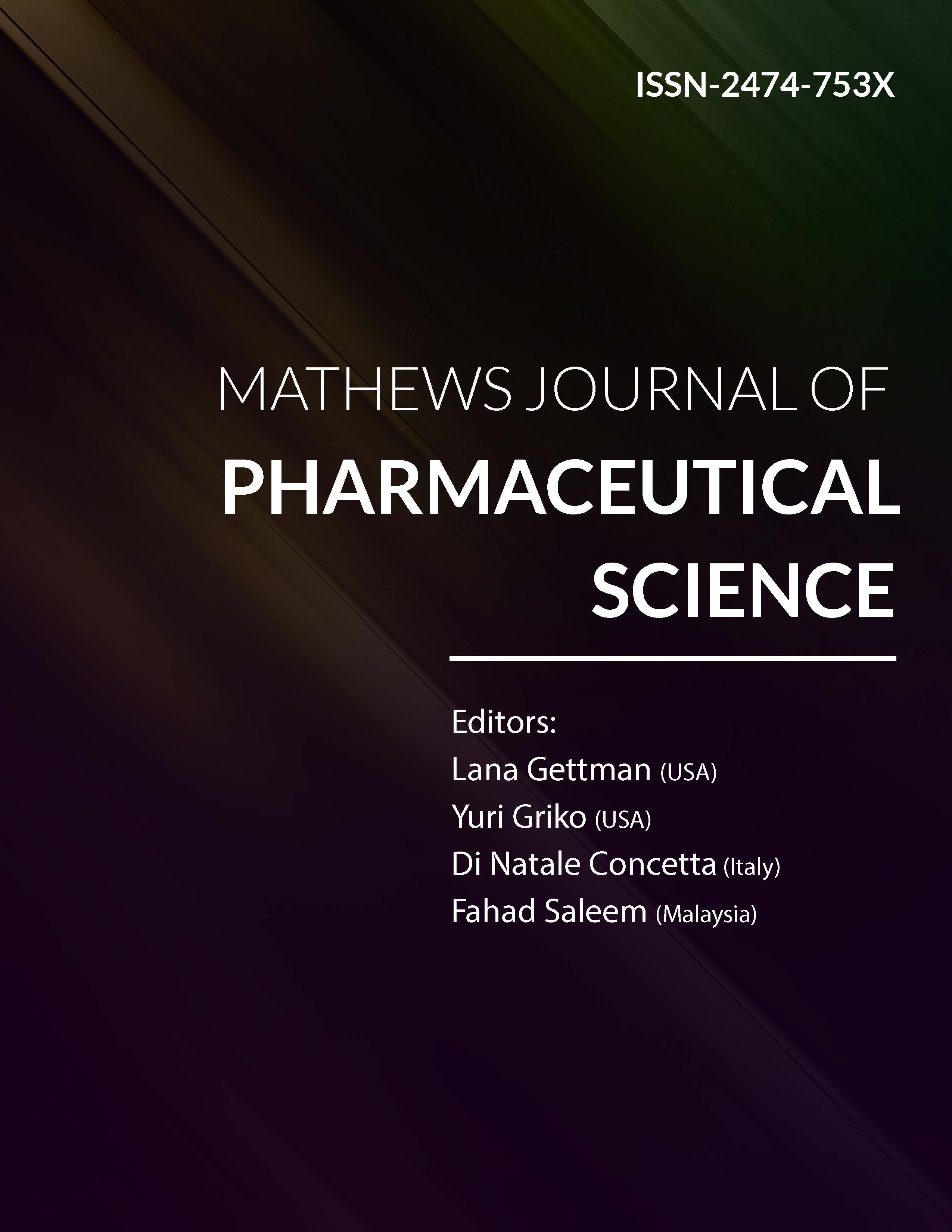
Information Links
Previous Issues Volume 7, Issue 2 - 2023
Evaluation of Metronidazole Tablets Formulated With Different Disintegrants Using Moisture Activated Dry Granulation (MADG)
Ezegbe Chekwube Andrew1,*, Ezegbe Amarachi Grace2, Chime Amarachi Salome1, Ugwu Calister Elochukwu1, Boniface Christian Izuchukwu1, Ugwuoke Kenneth Ejiofor1 , Chukwuemeka Chizoba Lorrita1, Onunkwo Godswill1
1Department of Pharmaceutical Technology and Industrial Pharmacy, University of Nigeria, Nsukka-410001, Enugu State, Nigeria
2Department of Home Science and Management, University of Nigeria, Nsukka-410001, Enugu State, Nigeria
*Corresponding author: Ezegbe Chekwube Andrew, Department of Pharmaceutical Technology and Industrial Pharmacy, University of Nigeria, Nsukka-410001, Enugu State, Nigeria, Tel: 2348038042802; E-mail: [email protected].
Received Date: March 13, 2023
Published Date: April 03, 2023
Citation: Ezegbe CA, et al. (2023). Evaluation of Metronidazole Tablets Formulated With Different Disintegrants Using Moisture Activated Dry Granulation (MADG). Mathews J Pharma Sci. 7(2):18.
Copyrights: Ezegbe CA, et al. © (2023).
ABSTRACT
Introduction: Metronidazole is a synthetic oral nitroimidazole antibiotic used in the treatment of infections caused by anaerobic bacteria and protozoa. It also has amebicidal and antiprotozoal properties. Aim: The purpose of the study was to formulate and evaluate metronidazole tablets formulated with polymers (PVP and PEG) and maize starch as disintegrant using moisture activated dry granulation (MADG). Method: Twenty-four (24) batches of metronidazole granules and tablets were prepared by moisture activated dry granulation. Metronidazole (200 mg), lactose and gelatin (1,2,4 and 8 %) were mixed, followed by continuous mixing. Prior to compression, micro-crystalline cellulose, disintegrants and magnesium stearate were added. The dried granules were passed via 1.0 mm sieve after which they were labelled and stored in an air tight container. All other batches were also similarly prepared. Result: The result showed that the mean weight of the tablets ranged from 0.33 ± 0.01 to 0.35 ± 0.04 g. Tablet hardness ranged from 5.00 ± 0.85 to 6.36 ± 1.43. The results showed that batch 11 tablets had higher crushing strength than batch 24 with a significant difference. Table 2 shows the hardness test results and clearly indicates that the results of all the samples significantly differ from each other (p < 0.05). The tablet friability test ranged from 0.21 ± 0.17 for batch 24 and 0.60 ± 0.16 for batch 11. The formulated tablets showed average disintegration time ranges from 0.52 ± 0.01 to 14.03 ± 0.03. According to USP, the disintegration time must be in the range of 15 min for uncoated tablets, and 30 mins for film coated tablets. Conclusion: The study established that polyethylene glycol and polyvinyl pyrrolidone polymers had better dissolution profile than maize starch which has the best disintegration properties.
Keywords: Metronidazole, Moisture Activated Dry Granulation, Disintegrants, Polymers.